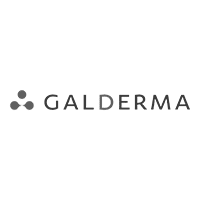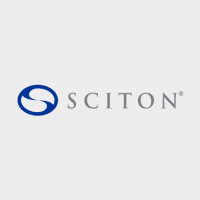
Introduction
As a dentist, you know that your practice is a business and that you must make money to succeed. But you should realize that traditional marketing channels are becoming less effective. Younger patients have grown up with digital technology. They expect customer service and user experience when shopping online — just like in any other industry —and word-of-mouth doesn’t happen unless it starts online. This article will discover why your Dental Practice needs a digital marketing strategy.
Traditional marketing channels are becoming less effective.
In your practice, you’ve experienced the changing face of marketing. Traditional channels like print advertising, TV commercials, and billboards are becoming less effective due to competition and the growing number of online resources available to patients. But there are plenty of ways to still reach people with your message—and social media is one of them. Social media is a great platform for businesses looking to build their brand or reputation as an expert in their field. It’s also an ideal place to target potential patients seeking information about dental care services or treatments that could benefit their oral health. Using social media as part of your digital marketing strategy will help you reach these people and get them into the chair at your practice.
Younger patients have grown up with digital technology.
Digital natives are a growing segment of your dental practice’s patients. These people have grown up with the internet and technology in their lives, so they’re more likely to use the internet to research their dentist and find out more about their potential providers. They’re also more likely to be comfortable with social media platforms like Facebook and Instagram, which means that if you want to reach these younger patients, you’ll need a digital marketing strategy that incorporates both traditional media (such as print advertising) as well as online content (like blog posts). Dental practices need to understand how this generation thinks about dentistry because if you can adapt your practice accordingly—for example, by creating online reviews on sites where younger patients spend time—you’ll increase the odds of attracting them in droves.
Younger patients have higher expectations for customer service and user experience.
Younger patients have higher expectations for customer service and user experience. They expect to be able to get in touch with the practice at any time, not just during business hours (or even on weekends). They also want to be able to contact your practice by text message or email, and they don’t want their dental office’s website or mobile app to be outdated. The bottom line? If you don’t update your digital marketing strategy regularly, it will become less effective over time, which could mean fewer patients are coming through your door.
Word-of-mouth only happens with good online reviews.
Word-of-mouth is an essential part of the patient experience, and reviews are an important way for patients to share their opinions with others. Word of mouth is especially important in your dental practice, as patients make decisions based on what they hear from their friends or family members. Reviews can drive new business and help you improve your service delivery by providing a platform for honest feedback.
Patient reviews make your practice look better.
One of the main reasons why patients leave your practice is because they don’t feel comfortable. If you’re not providing them with a good experience, you may lose them as customers. A patient review can help you measure how well patients feel about their experience at your practice and how likely they will recommend your business to others. Reviews also boost trust in your brand, which means more people are likely to visit the website and call for an appointment when they see positive reviews from others. Your dental practice needs a digital marketing strategy because customer reviews can improve your reputation among potential customers who may not otherwise know about it or be able to access it easily due to location differences.
You can focus on your practice.
When you partner with a digital marketing agency, your team can focus on treating patients and growing your practice. Digital marketing strategies are tailored to specific goals and built around the needs of each dental practice. For example:
- You may want to grow your patient base by focusing on new patients who are most likely to convert into loyal patients—such as targeting those who live nearby or have had a positive experience at another dentist’s office.
- Increase engagement among existing patients by identifying which channels they’re using most often and then optimizing them for better results.
Conclusion
Digital marketing is evolving every day, and it’s exceeding the expectations of businesses all around the globe. Social media is an important tool in any marketing strategy because it allows you to communicate directly with your audience and build relationships with them. Contact Growth99 today, a team of experts in digital marketing for dental practices, to help you implement a digital marketing strategy to help your practice thrive.




























